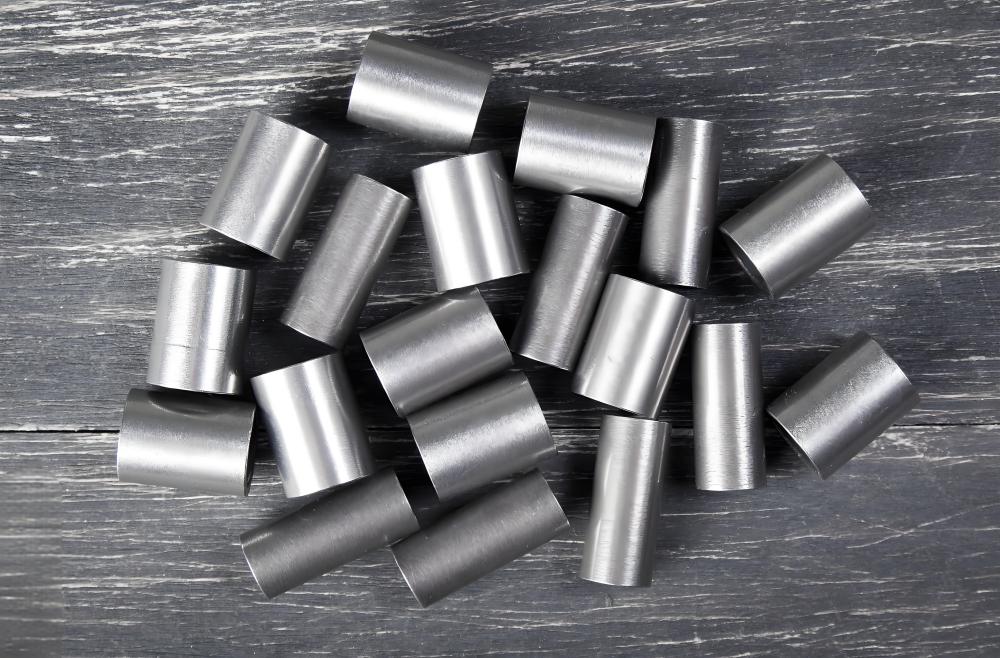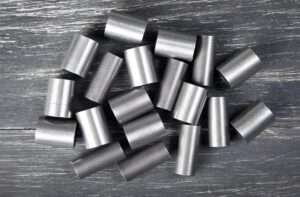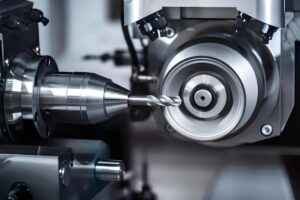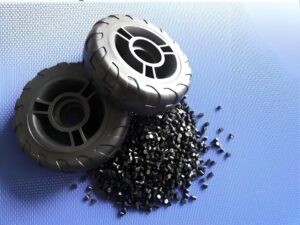In manufacturing environments where precision and durability define success, D2 tool steel stands as one of the most trusted materials among engineers and toolmakers. Known for its excellent hardness, wear resistance, and dimensional stability, D2 has become a cornerstone in the machining and tooling industry. Whether used in die making, cutting blades, or forming tools, this high-carbon, high-chromium steel consistently delivers exceptional performance under demanding conditions.
This article provides a complete technical overview of D2 tool steel—its composition, properties, machining characteristics, and advantages—helping sourcing professionals and manufacturing engineers make informed decisions when specifying materials for production tooling.
What Is D2 Tool Steel?
D2 tool steel belongs to the AISI cold work steel group and is classified as air-hardening, high-carbon, high-chromium alloy steel. Its typical composition includes around 1.5% carbon and 11–12% chromium, with small amounts of vanadium, molybdenum, and nickel.
This unique combination provides a balance between hardness and toughness, making D2 suitable for applications that demand high wear resistance, edge retention, and dimensional accuracy. It bridges the gap between simple carbon steels and high-speed steels, offering a cost-effective solution for precision tooling that must endure heavy loads and abrasion.
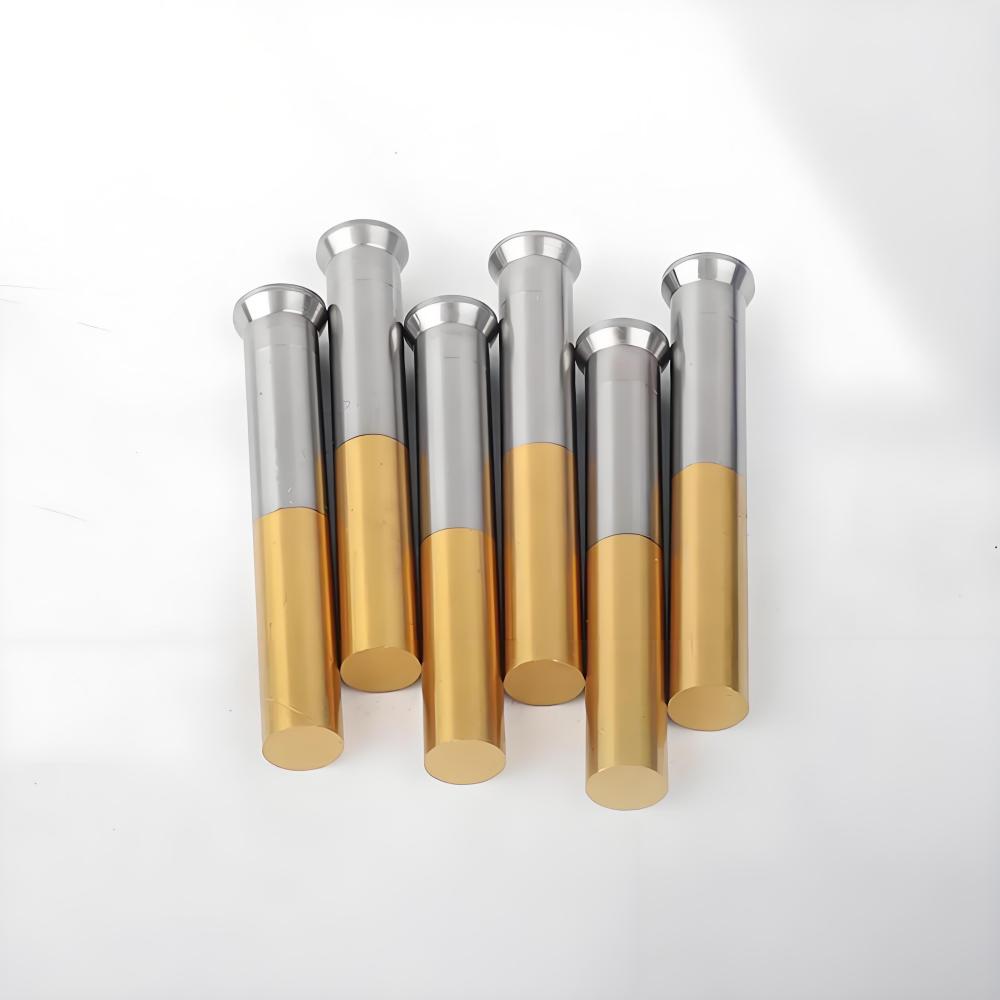
Common uses include punches, dies, forming tools, industrial knives, and shear blades, where precision and reliability are paramount.
Properties of D2 Tool Steel
D2’s outstanding performance comes from the synergy between its physical and mechanical properties. Understanding these characteristics helps engineers select the right heat treatment and machining process for each application.
Physical Properties
Density
D2 tool steel has a density of approximately 7.7 g/cm³ (0.278 lb/in³). This moderate density gives tools the rigidity and mass required to withstand repeated impact and pressure without distortion.
Melting Point
With a melting range between 1420°C and 1500°C (2588–2732°F), D2 maintains stability at elevated temperatures. This high melting point supports precision heat treatment and ensures dimensional consistency during thermal cycling.
Magnetism
In its annealed condition, D2 is magnetic. After hardening and tempering, magnetic response may decrease slightly due to changes in crystal structure, though it generally remains detectable by magnetic sensors.
Chemical Stability
The high chromium content contributes to moderate corrosion resistance, better than that of plain carbon steels but not equivalent to stainless steel. D2 resists oxidation and scaling under dry or lightly lubricated conditions, making it ideal for dry tooling environments.
Mechanical Properties
Yield Strength
D2 tool steel exhibits a yield strength in the range of 1,900–2,000 MPa (275–290 ksi). This high yield strength allows tools to resist permanent deformation even under significant mechanical stress.
Fatigue Strength
The alloy’s fatigue strength is another key advantage. D2 withstands cyclic loads and impact stresses over long production runs, which is why it’s often used for cutting dies and forming tools that experience repetitive motion.
Hardness
After proper hardening, D2 achieves a Rockwell hardness of 58–62 HRC, depending on tempering conditions. This level of hardness provides superior wear resistance and extended service life, reducing downtime and replacement costs.
Brittleness
While D2 is hard and wear-resistant, it can be brittle if improperly heat-treated. To avoid chipping or cracking, careful tempering is essential to balance hardness with toughness, especially for high-impact applications.
What Are the Uses of D2 Tool Steel?
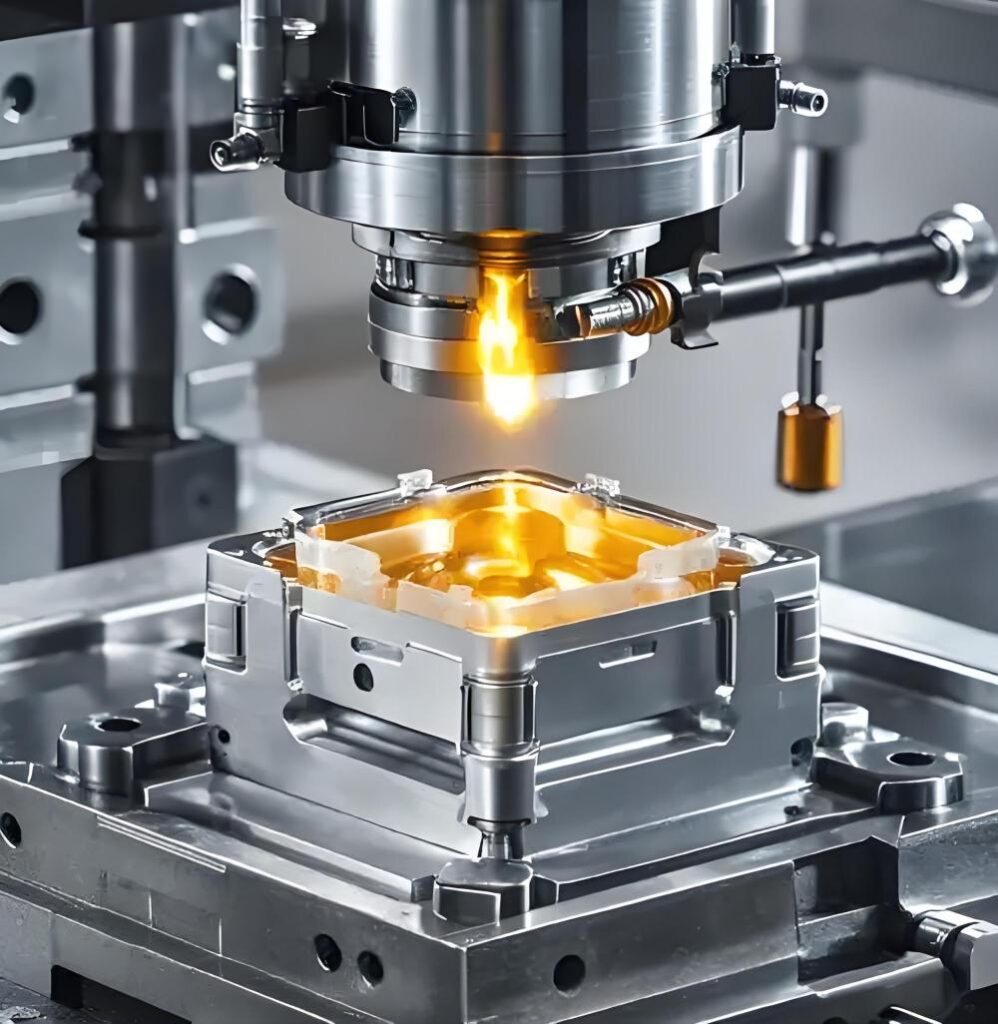
D2 tool steel’s wear resistance and stability make it ideal for a wide range of tooling and machining applications, including:
- Blanking and Forming Dies: Excellent for cutting and shaping sheet metal under high-pressure conditions.
- Shear Blades and Industrial Knives: Maintains sharp edges over prolonged use.
- Punches and Press Tools: Offers durability under repetitive mechanical stress.
- Molds and Inserts: Used in injection molding and forming where precision and longevity are critical.
- Rolls and Guide Tools: Performs reliably in rolling and forming operations involving continuous contact and friction.
Its ability to resist deformation and maintain precise dimensions has made D2 an industry standard for tooling components that must deliver consistent performance over thousands of cycles.
How to Machine D2 Tool Steel
Machining D2 tool steel requires careful process control due to its high hardness and wear resistance. Engineers typically machine it in the annealed state, followed by hardening and tempering to reach the desired final properties.
Harden
Before hardening, the steel should be preheated to around 870–900°C (1600–1650°F), then heated to a hardening temperature of 1010–1040°C (1850–1900°F). Once the target temperature is reached, D2 is air-cooled or oil-quenched to achieve full hardness. Air cooling is preferred to minimize distortion and cracking.
Heat Treat
After hardening, tempering is critical to optimize mechanical properties. The steel is usually tempered at 150–550°C (300–1020°F) depending on the required balance between hardness and toughness.
- Lower tempering temperatures result in higher hardness and wear resistance.
- Higher tempering temperatures enhance toughness for impact-prone applications.
For best results, D2 should be tempered at least twice, allowing stresses from hardening to dissipate evenly. Engineers often employ vacuum furnaces or protective atmospheres during heat treatment to prevent surface oxidation and decarburization.
Machining hardened D2 requires carbide or ceramic cutting tools, low cutting speeds, and ample coolant to manage heat buildup and extend tool life.
What Are the Advantages of Using D2 Tool Steel?
- Excellent Wear Resistance – Ideal for high-volume tooling operations.
- Superior Dimensional Stability – Retains precise dimensions after heat treatment.
- High Hardness and Strength – Provides long-lasting performance under pressure.
- Moderate Corrosion Resistance – Better than most carbon steels in dry environments.
- Versatility – Suitable for cutting, forming, and shaping applications.
- Cost Efficiency – Long tool life reduces maintenance and replacement expenses.
D2 tool steel remains a go-to material for engineers who require durability, precision, and predictable performance across production cycles.
recision Machining Experts for D2 Tool Steel Components
Precionn is a professional machining company specializing in precision manufacturing for global clients. With advanced CNC technology and extensive experience in working with tool steels—including D2, A2, and S7—Precionn delivers consistent quality, tight tolerances, and reliable performance across complex projects.
From prototype development to high-volume production, Precionn provides customized machining solutions that meet the highest industry standards.
FAQ about D2 Tool Steel
Yes. D2 is widely used for industrial and custom knives due to its excellent edge retention, wear resistance, and hardness. While it’s not stainless, regular cleaning and light oiling help prevent corrosion.
After heat treatment, D2 reaches a hardness of 58–62 HRC, making it one of the hardest cold work steels available. This ensures durability and minimal wear in demanding applications.
D2 can rust if exposed to moisture or acidic environments because it’s not fully stainless. However, its high chromium content gives it better corrosion resistance than most carbon steels. Applying protective coatings or lubricants helps prevent rust.

